The first Russian cosmonaut to fly on a SpaceX Crew Dragon is set take off from Kennedy Space Center next month, but ahead of that flight a NASA astronaut hitched yet another ride Wednesday on a Soyuz rocket from Kazakhstan.
NASA’s Frank Rubio, a member of the 2017 astronaut class that are known as the Turtles, is making his first trip into space along with Russian cosmonauts Sergey Prokopyev and Dmitri Petelin as part of Expedition 68 on board the International Space Station.
The trio launched aboard a Soyuz MS-22 rocket from the Baikonur Cosmodrome docking three hours later with the orbiting station. They will spend about six months on board the ISS before returning in March 2023.
Rubio joins Turtles classmates Jessica Watkins and Bob Hines already on board. They flew up along with NASA’s Kjell Lindgren and European Space Agency mission specialist Samantha Cristoforetti of Italy, as part of the Crew-4 mission that launched from KSC atop a SpaceX Falcon 9 in the Crew Dragon Freedom on April 27.
Crew-4′s stay on board, though, is expected to end next month when Crew-5 launches from KSC.
That flight will include Roscosmos’ Anna Kikina along with NASA’s Nicole Mann and Josh Cassada plus Koichi Wakata with the Japan Aerospace Exploration Agency. It’s slated for liftoff as early as Oct. 3 at 12:45 p.m.
Kikina is the first of a planned consistent lineup of Russian astronauts hitching rides aboard NASA’s Commercial Crew Program flights to the ISS, currently on SpaceX Crew Dragons, but in the future on board Boeing CST-100 Starliners as well.
In turn, NASA will keep sending astronauts like Rubio to Kazakhstan to ensure continued presence on the ISS.
“This is again a sign of our international collaboration, and us working together as a team to go conduct our missions,” said Kathryn Lueders, associate administrator for NASA’s Space Operations Mission Directorate during a Crew-5 press conference last month.
When NASA’ Space Shuttle Program ended in 2011, NASA relied on Russian Soyuz rockets to keep NASA astronauts on board the station. That reliance continued until SpaceX was able to begin operational crew flights to the station beginning in 2020.
___
© 2022 Orlando Sentinel
Distributed by Tribune Content Agency, LLC.



